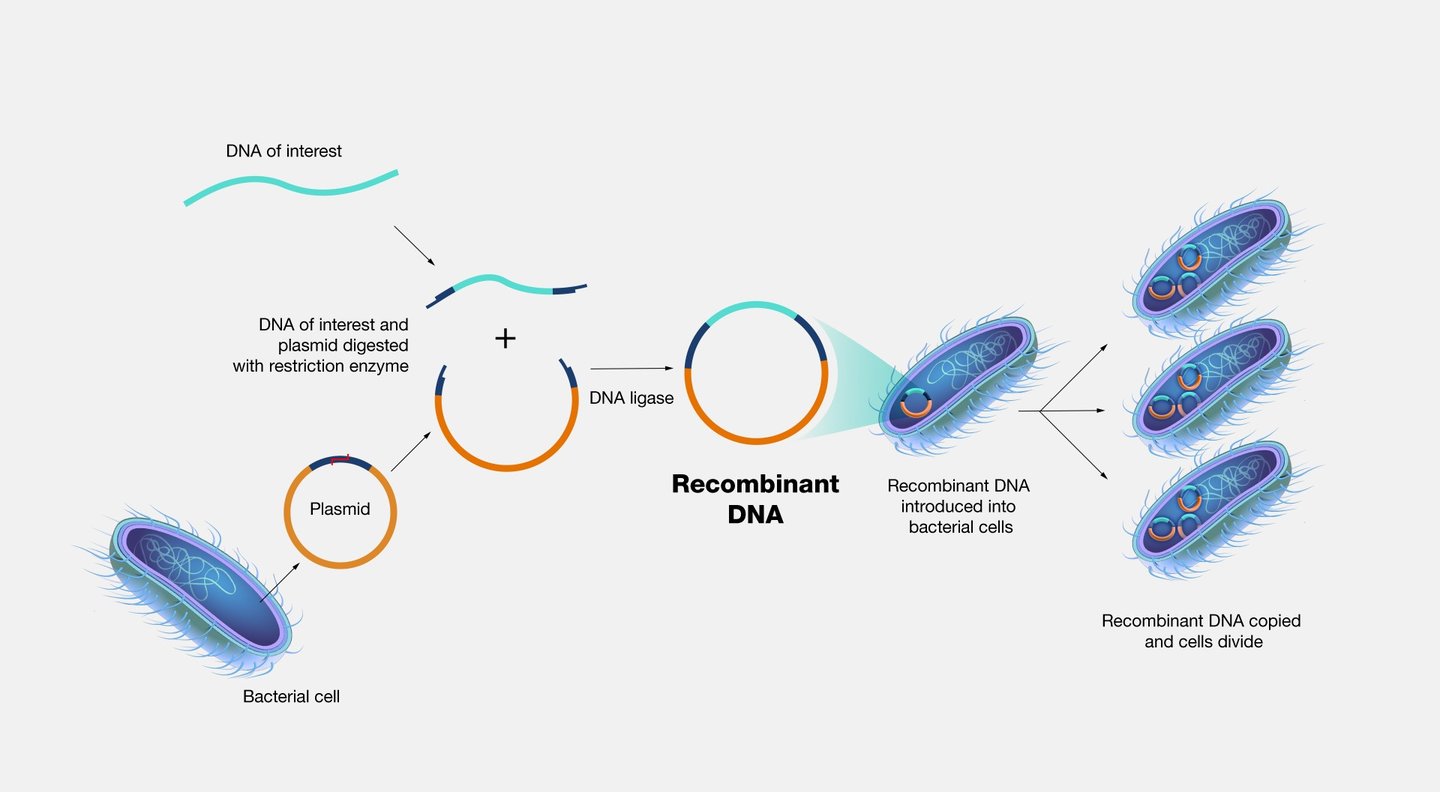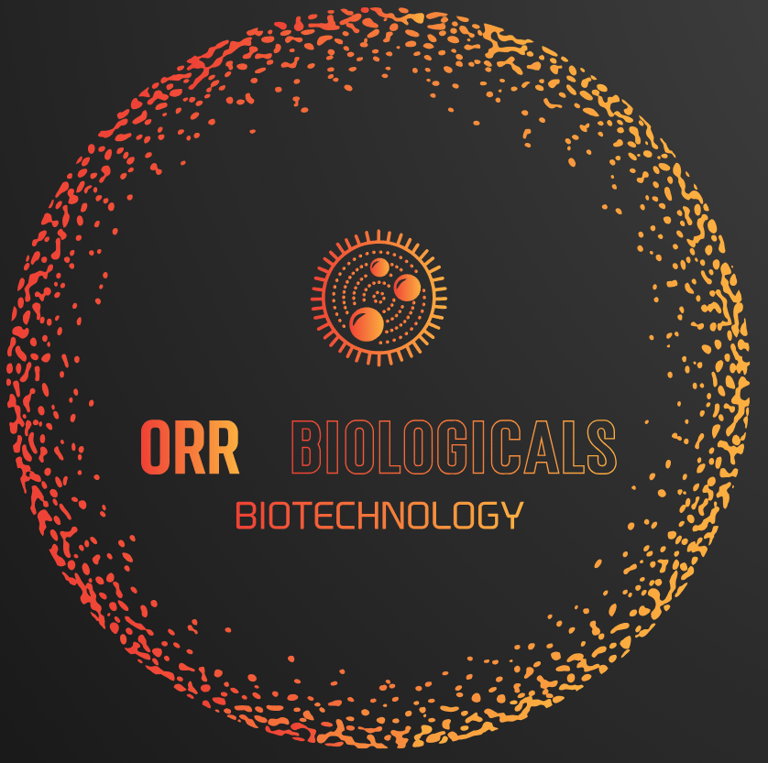What is Recombinant DNA Technology?
Learn about how scientists are using a groundbreaking genetic engineering technology. We answer What is Recombinant DNA Technology? This new technique has implications in biotechnology and genetics. This is an informative guide on recombinant dna technology.
Cameron
7/25/20251 min read


What is Recombinant DNA Technology?
Recombinant DNA technology is a form of genetic engineering that combines DNA from two different organisms. The result is a genetically modified organisms that can produce a target protein or product. This has definitely affected various industries in biotechnology, from medicine to agriculture.
General Steps to make a Recombinant Organism
1. Isolation of DNA
This step involves extraction of DNA from an organism using mechanical or chemical factors, such as detergents to dissolve cell membranes. At this point, the donor cell(s) are disrupted, and now the DNA needs to be precipitated. This is usually done with ethanol and salt, which lowers the solubility of the DNA and causes precipitation, which can be seen as a white stringy mass. The DNA is then spun down in a centrifuge. This process isolates both the vector (usually a plasmid) and the gene of interest.
2. Restriction Enzymes and Ligation
The next step after the DNA has been centrifuged is to cleave both the vector and gene of interest with the same restriction enzyme. There is no "one size fits all" enzyme, rather there are many types of enzymes that cut at specific DNA sequences. Restriction enzymes open the plasmid vector so that the gene of interest can fit inside. After enzymatic digestion, the result are sticky ends or cohesive plasmid and gene of interest ends. Cohesive ends of both the vector and gene of interest is essential for proper ligation. This is done using DNA ligase, which joins the open vector with the gene of interest, forming a recombinant plasmid.
3. Transformation of host cells
After recombinant plasmids have been made, the next step is to introduce the new plasmids into a host. This host usually is a non-pathogenic E. Coli strain or a species of Yeast. However, these plasmids have to be forcefully introduced into the host, as some are not competent.
Calcium chloride treatment and heat shock to make a leaky membrane (bacteria)
Electroporation (Both)
Lithium Acetate (Yeast)
Heat shock (Both)



Subscribe to newsletter!
Our Youtube Channel is Here ->
TERMS AND CONDITIONS
THIS CONTENT IS ONLY FOR EDUCATIONAL PURPOSES. All information posted is merely for educational and informational purposes. It is not intended as a substitute for professional advice. While the information on this website has been verified to the best of Orr Biological's abilities, we cannot guarantee that there are no mistakes or errors. Should you decide to act upon any information on this website, you do so at your own risk. Under no circumstance shall Orr Biologicals have any liability to you for any loss or damage of any kind incurred as a result of the use of the site or reliance on any information provided on the site.
